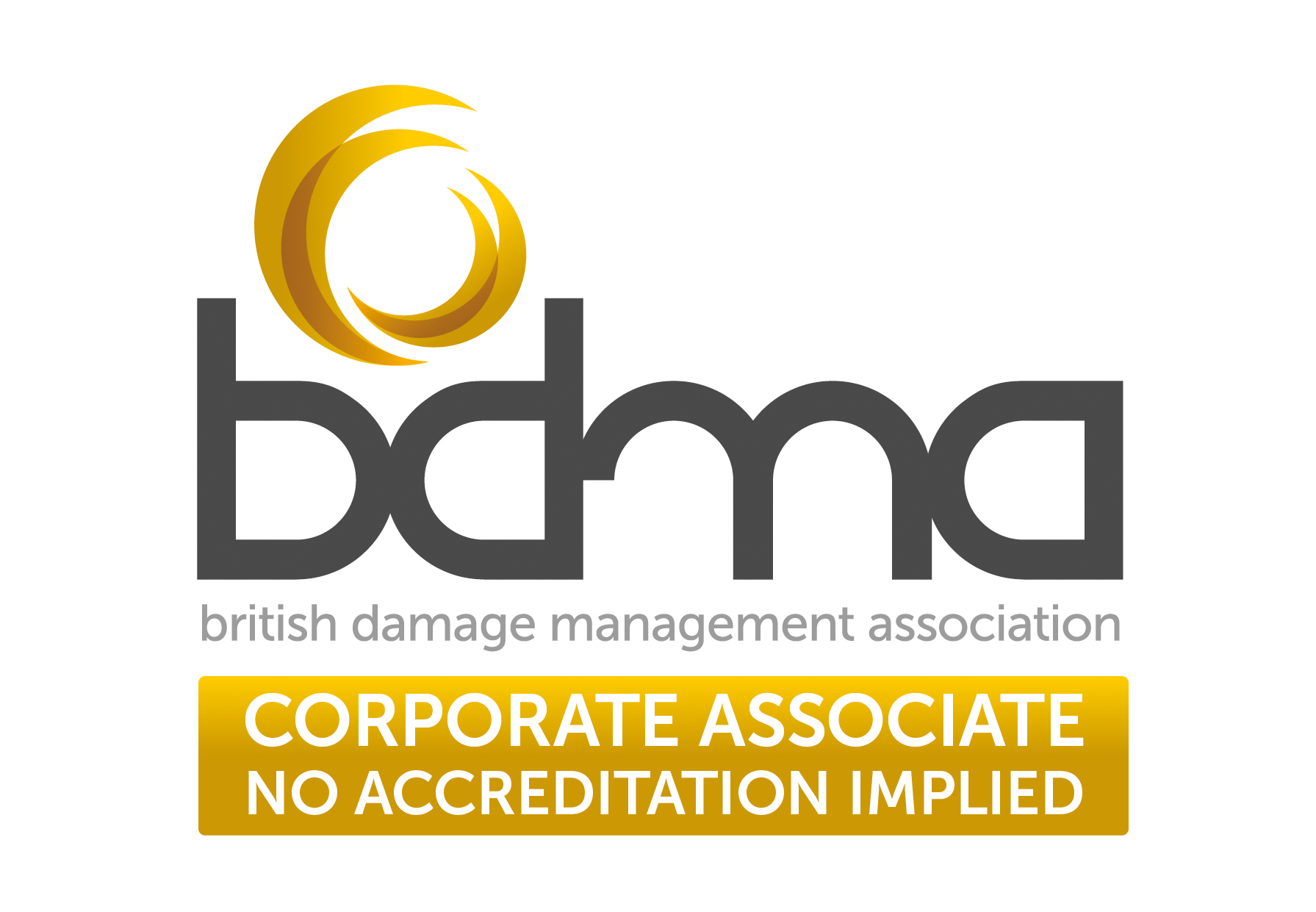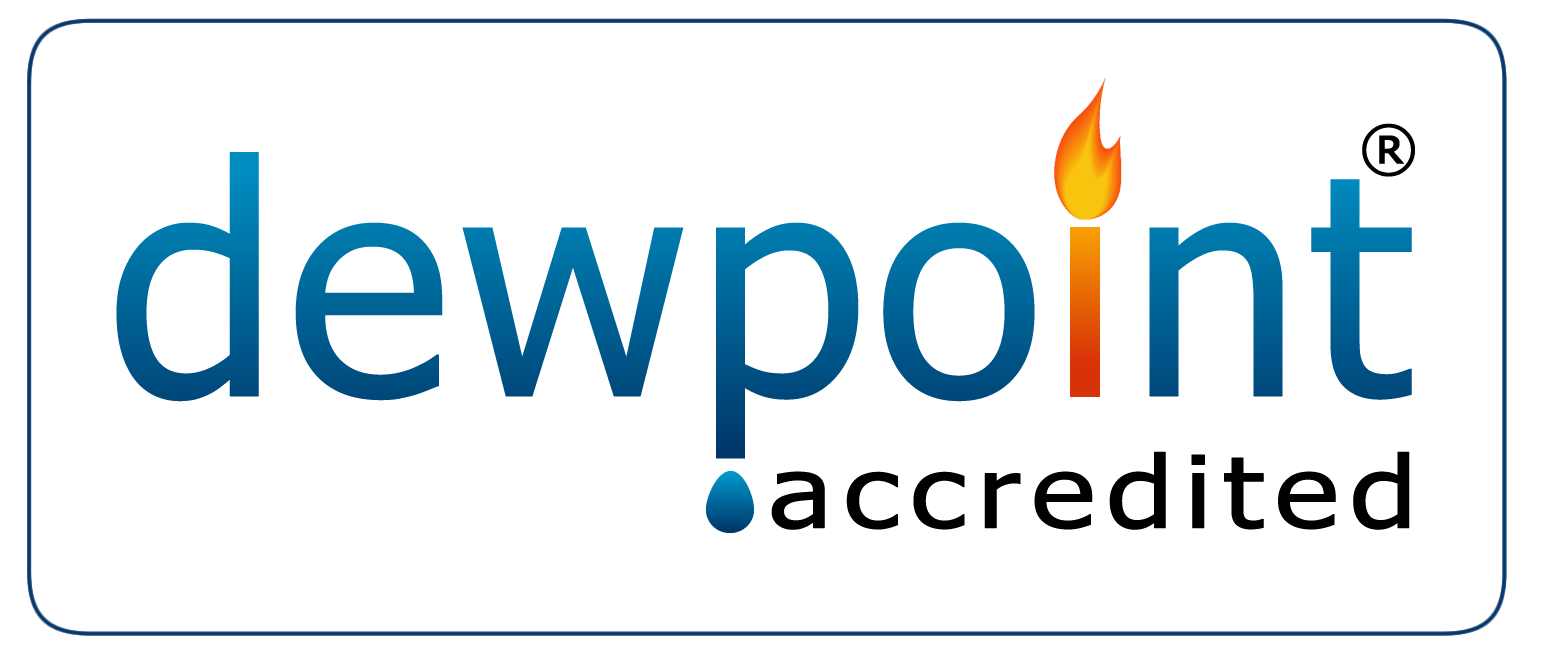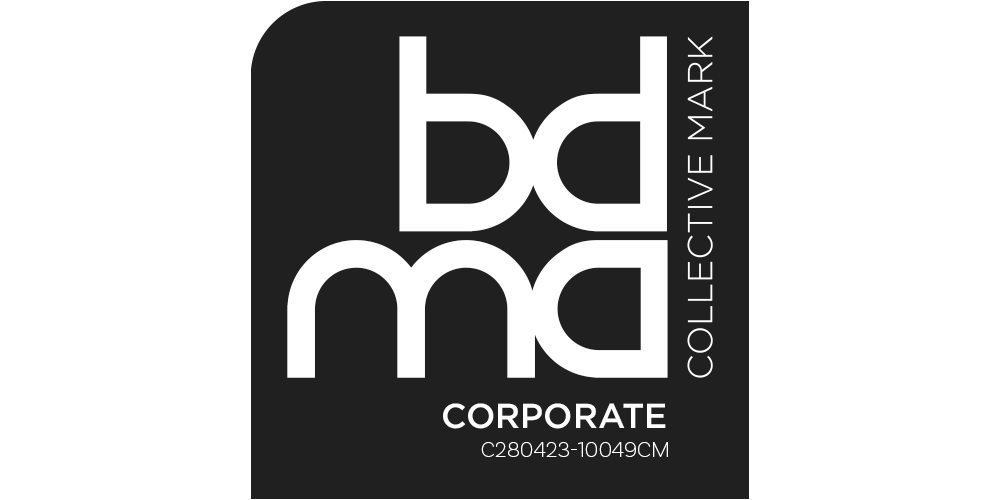Experiencing a fire in your home can be incredibly scary and distressing. However, the actual fire itself isn’t always the most dangerous element to deal with. In this article we will take a look at some of the other dangers, including those that remain once a house fire has been extinguished. We will also take a look at some of the most common ways house fires start.
Dangers of a house fire
Fires in a home can range from a small fire contained to one area, to one that quickly spreads throughout the property.
A home can quickly become uninhabitable following a fire, as there can be numerous dangers present that may not always be obvious.
Flames
The immediate danger is the fire itself. If there is a fire, the building should be evacuated immediately. Not being able to escape a fire can result in the heat causing damage to body tissues and organs and even death. The flames also produce smoke and soot.
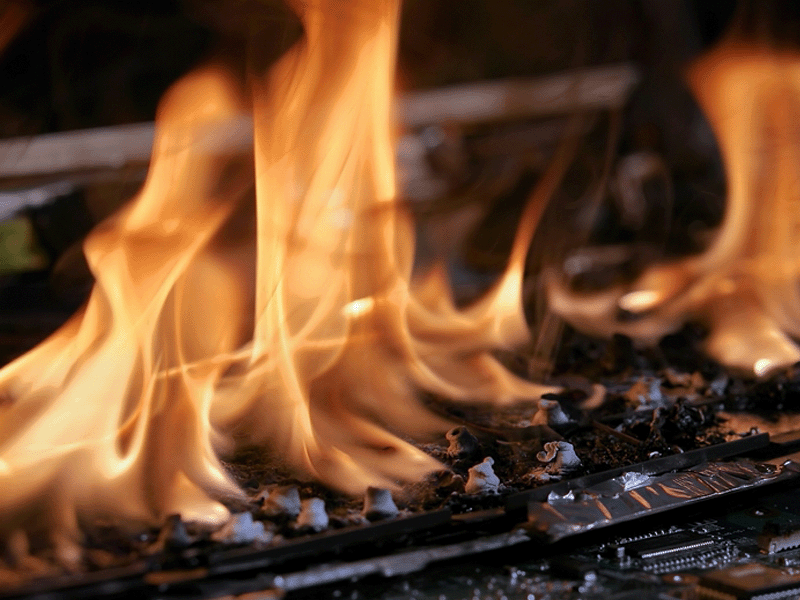
Smoke and Soot
The leading cause of death from a house fire is not from the flames but from the smoke and soot that are created. These are extremely harmful to your health and to your building.
Smoke inhalation can cause confusion and disorientation which can be incredibly dangerous if you are trying to get out of a building which is on fire.
Just a few breaths of toxic smoke can cause you to become unconscious.
Smoke contains carbon monoxide and other poisonous gasses, these are dependent on the materials that are burning. Materials which can produce toxic smoke include carpets, wool, plastic, foam, and wood. Materials containing asbestos are also incredibly dangerous.
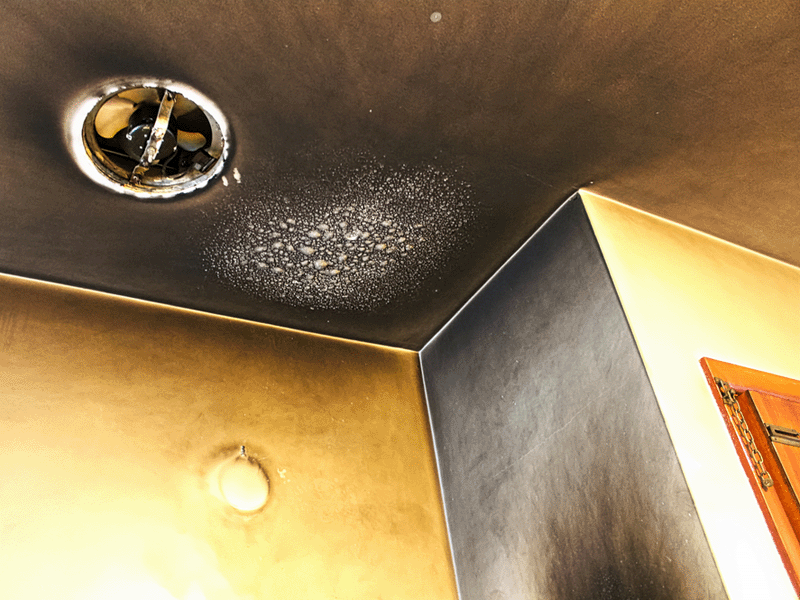
During and after a fire, smoke can also become trapped inside walls and under floors as well as within porous materials in the building. Unless they are cleaned correctly they can be released later on. It is also important to be aware that smoke can linger for several days after the fire has been put out.
Inhaling or ingesting smoke and soot can have a detrimental effect on the health of anybody, but more so for children, the elderly and those with underlying health conditions.
These are some of the negative impacts smoke and soot can have on your health:
Respiratory Problems - when smoke and tiny soot particles are inhaled, it can cause airways to become blocked causing a reduction in the delivery of oxygen to body tissues and organs, resulting in asphyxiation. It can cause lung irritation, coughing, shortness of breath, sore throat, headaches and as previously mentioned, confusion.
Skin - soot and smoke can cause severe skin irritation, causing skin to become itchy, dry and incredibly sore.
Eyes - soot and smoke can cause severe eye irritation, causing eyes to sting and become dry, itchy, red and sore.
Fire Damage
The fire itself can damage all kinds of materials and can weaken the structure of the building. This includes walls, ceilings and floors, causing the building to collapse, making it incredibly unsafe. There is also a risk of falling debris.
Water Damage
Once the fire has been extinguished, you are left with the additional damage caused by water. Whilst a fire is being extinguished, the main concern will be getting the flames put out as quickly as possible, not what damage the water could potentially cause.
Water can then get under floors and in wall cavities causing wood to rot and weaken materials, making the building unsafe.
Trapped water can also lead to secondary damage, including mould which can cause a lot of health issues.
Common causes of house fires
House fires can start for a number of reasons:
Naked Flames - Leaving candles unattended or not putting out cigarettes can quickly lead to a fire in the home. Falling asleep whilst these items are alight, especially cigarettes, can quickly become dangerous.
Kitchen - this is one of the most common areas for a fire in the home to start. Leaving cooking unattended or forgetting to turn equipment off or accidentally turning it on could potentially lead to a fire. As can placing flammable items near to naked flames.
Appliances and Equipment - Faulty appliances can lead to fires in the home. A lot of homes are now set up for electrics to trip if there is a problem, however electrical fires still start. There have been a number of issues in the news of faulty washing machines and tumble dryers causing fires in the home.
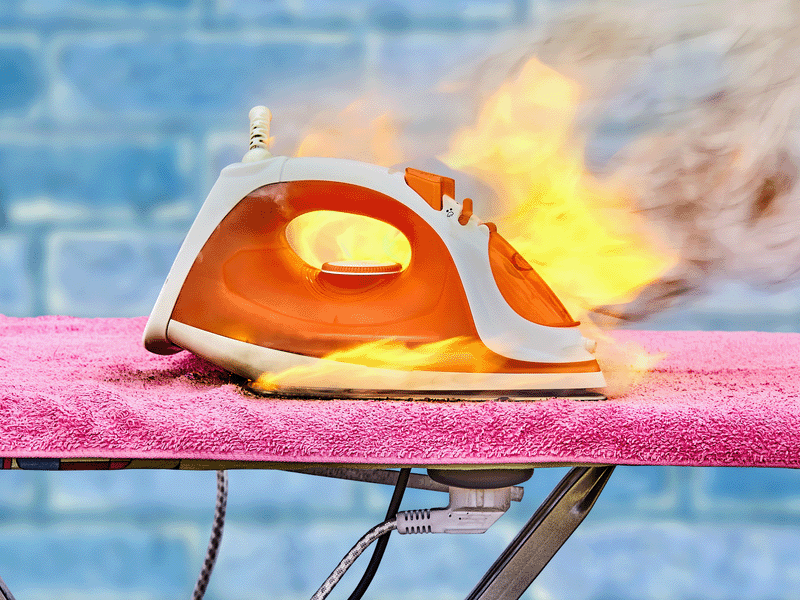
Fire Damage Prevention and Damage Limitation Tips
As fires can be started in a variety of ways, it would be impossible to prevent all scenarios from happening, but there are things you can do to at least limit the damage.
Smoke Alarm - It is vital to ensure your smoke alarm is regularly tested and the batteries replaced. It is recommended that the smoke alarm is tested every week and batteries are replaced once a year. This will alert you quickly to a fire in your home, meaning you can get everybody out and deal with the fire quickly.
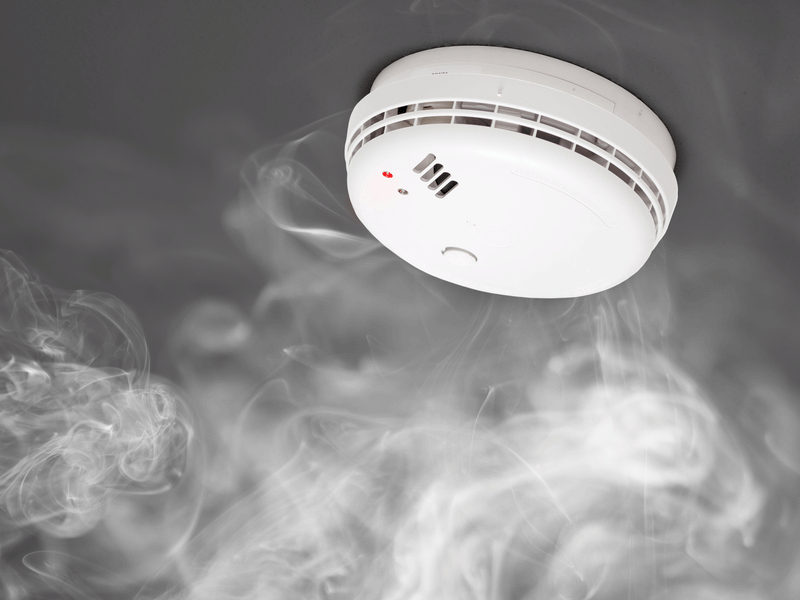
Photos and other precious items and information - Photos and documents can now be stored on electronic devices so if physical copies are damaged you can still access them online. If you have items that cannot be stored online or replaced, it might be worth thinking about how you could store them in order to protect them, should a fire happen.
Be aware and make others aware of safe practices when cooking - Make sure everyone in your home knows how to use cooking equipment correctly and that flammable items are not put near to naked flames. Also make sure cooking is never left unattended.
Candles - make sure candles are not left unattended and any matches are completely extinguished before being thrown away.
Smoking - if people are smoking in a home make sure cigarettes are always extinguished correctly and safely. Do not smoke in bed and take care if you are smoking when tired.
Don’t leave appliances on overnight or when you are out - if for any reason you have a faulty appliance which does catch alight, it can be dealt with a lot more quickly if you are awake and at home.
Fire Damage Restoration Company
Once the relevant authorities have given permission to enter a property it may be tempting to try and assess the damage yourself. However due to the above dangers, which are often hidden, it is important that a professional fire damage cleaning company is instructed to assess the damage.
They will follow all safety precautions and will have expert knowledge on how to detect the level of fire damage and water damage. This will enable them to produce a remediation plan, clearly showing what damage has been caused and what work needs to be completed in order to get the property back to the condition it was before.
All damaged or contaminated materials will be safely disposed of and all other materials will be thoroughly cleaned to ensure no secondary damage will occur and they don't pose a health risk.
Advanced drying methods will also be used to ensure the property is completely dried out, again ensuring that no secondary damage will occur.
Structural damage will be repaired and appropriate remedial work will be carried out.
Fire damage cleaning companies can also liaise with insurance companies on your behalf and assist you in providing documentation and photos to support any claims.
If you would like to speak to Flood Doctor about our fire damage cleaning service, give us a call today on 0800 285 1447.

